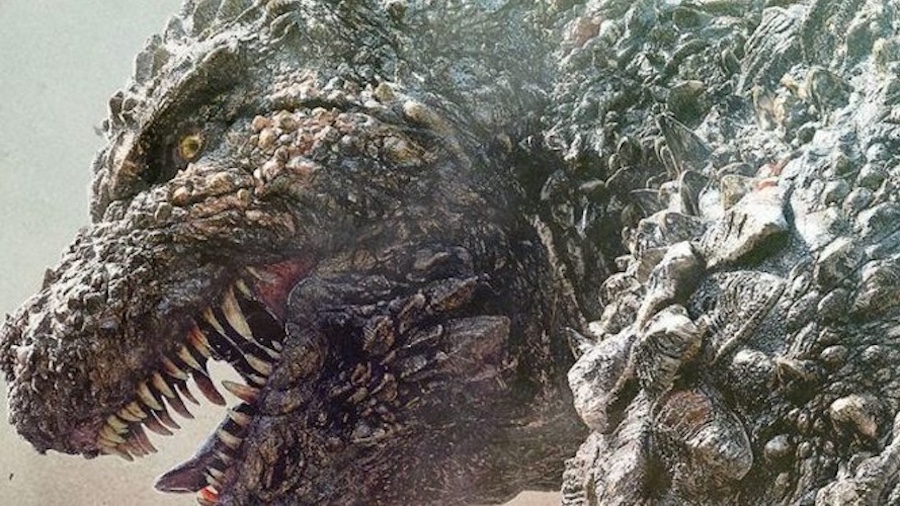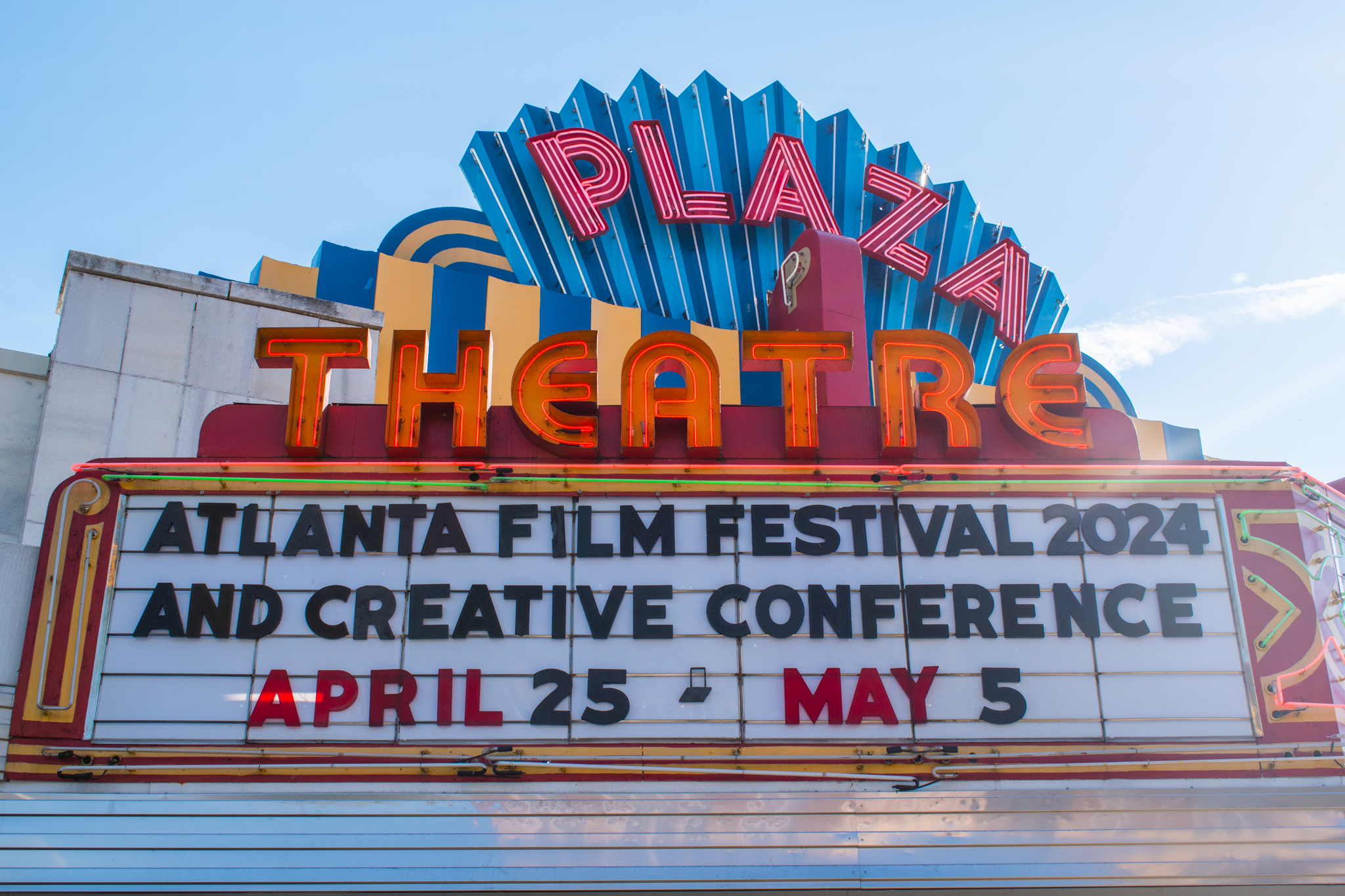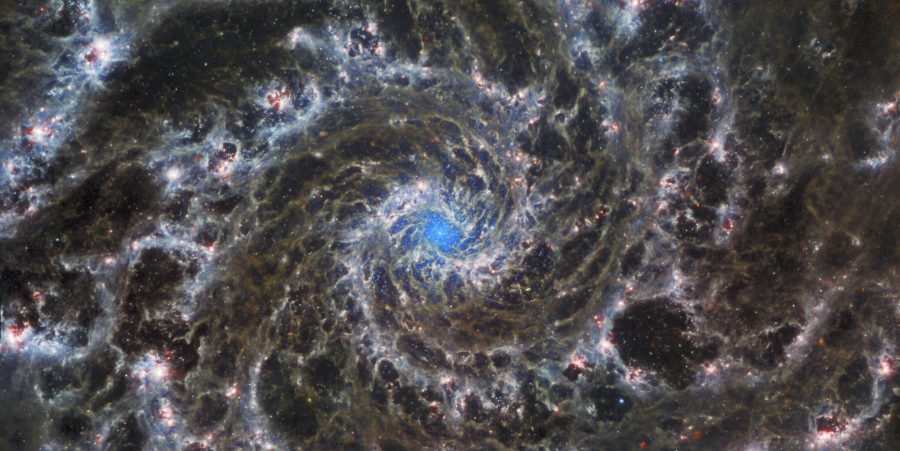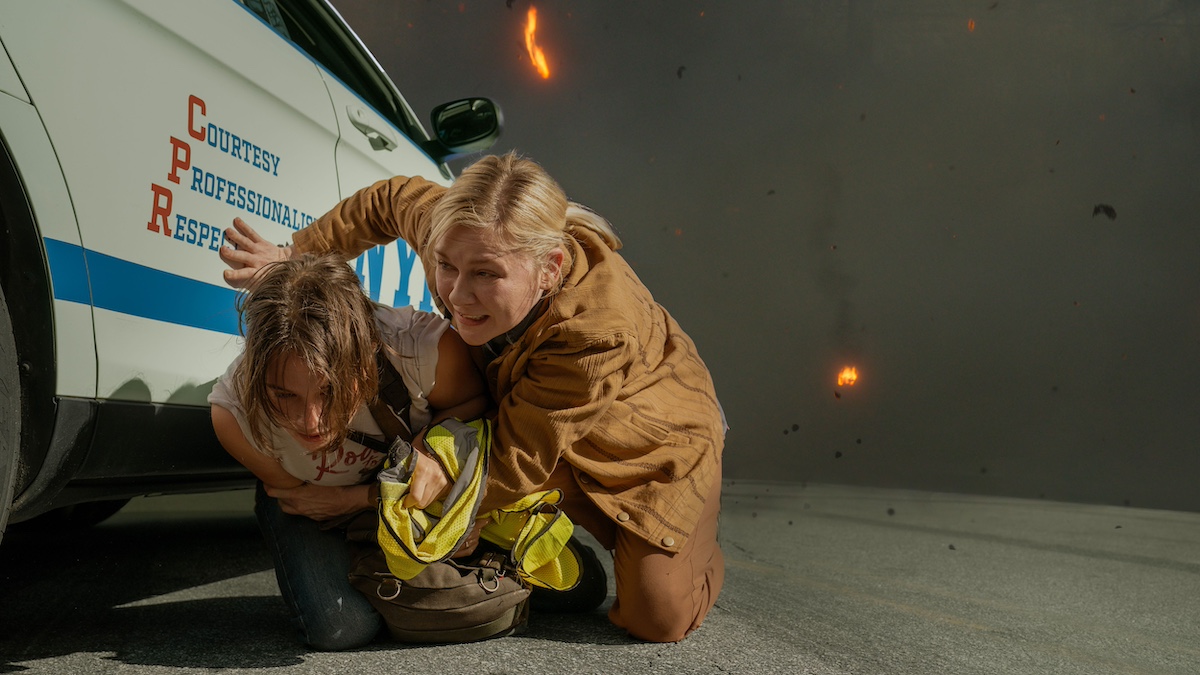It’s late 1945 and World War II has ended, leaving Japan, particularly Tokyo, a burnt out ruin. There is despair, destitution, hopelessness and a sense of loss thick in the air as the Japanese people wonder what the future might hold.
Unfortunately, “Godzilla: Minus One” reminds the losers of this war that the pits of despair have multiple levels – and they are going to fall still lower under the massive feet and atomic breath of Godzilla. The latest offering in the Kaiju world comes from the creators of it all, Toho Studios, and explores not only the implications of atomic testing, but the soul of a people who have suffered much, lost nearly everything, and are teetering on the edge emotionally.
“Godzilla: Minus One” is a fantastic film. It is two-plus hours of sadness, longing, terror, death, forgiveness and, eventually, redemption. And the journey through all of those stages is so well done that you find yourself rooting for everyone at some point in the film. Make no mistake, though, the Japanese people in and around Tokyo are in pain, and remain so through the two years the film explores. And Godzilla, born in the atomic fires of reckless testing near Bikini Atoll, looks like a charred creature who is nearly bursting through his own skin, angry at the world for creating him.
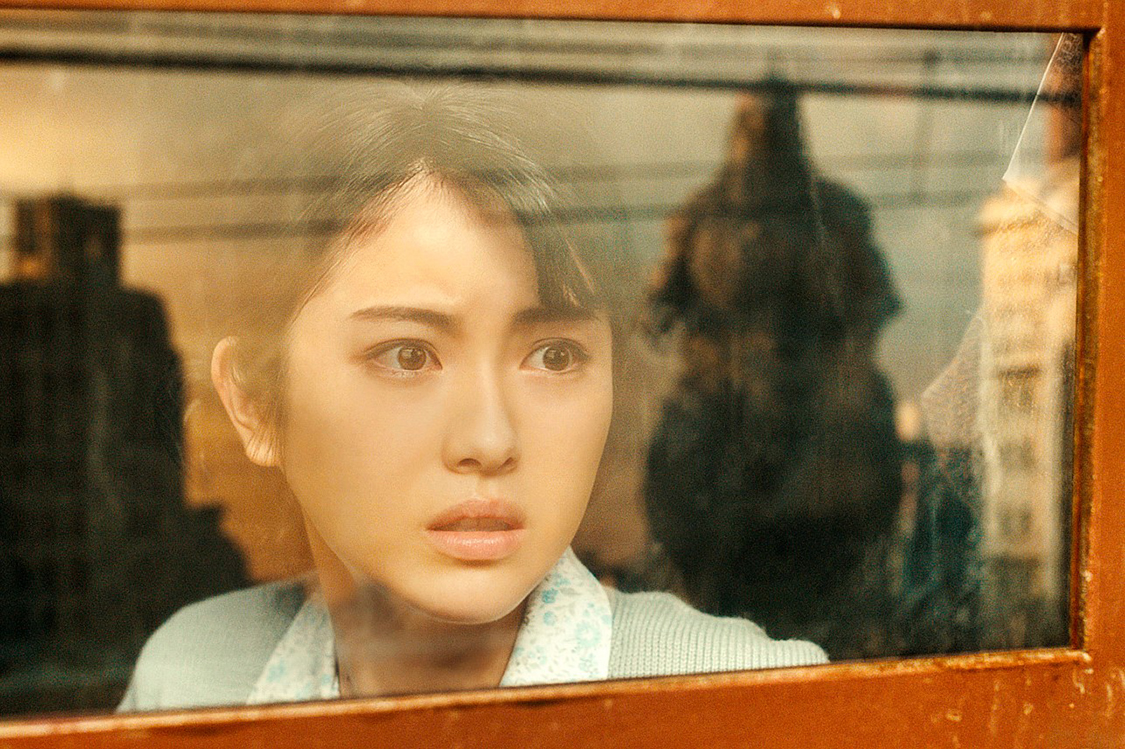
Noriki Oishi (Minami Hamabe) spots the creature known as Godzilla rampaging toward her.
This is the backdrop of a film that explores the psyche of the Japanese in the aftermath of war. The futility of the slaughter, the families torn apart and the part that honor and duty play in them are explored throughout. And it begins on Odo Island. I’m not going to give you a blow-by-blow of the movie, but set you on course and hit some points I thought important in moving the story forward.
Koichi Shikishima (played superbly by Ryunosuke Kamiki) is a kamikaze pilot in the last days of the war. On his mission, he feigns engine trouble and diverts to Odo Island, where there’s an emergency air field, and mechanics stationed there. It’s there we meet head mechanic Sosaku Tachibana (Munetaka Aoki), who susses out Shikishima’s cowardice, but understands. That changes when a still-growing Godzilla makes landfall on Odo Island and begins to lay waste to the Island’s infrastructure and it’s men. In the end, Shikishima and Tachibana are the only two remaining. The crew chief blames the pilot for the deaths of his men. It’s under that dark cloud that people go home to Japan.
Through the devastation of Tokyo, Shikishima learns his family is gone. He accidently bumps into a Noriko Oishi (played with emphatic splendor by Minami Hamabe), who has rescued an infant in the rubble of the city. Thrown together by need and circumstance, the trio create a family unit, one that will also include an obnoxious neighbor-lady who becomes a part of the family. Together, they try to move forward.
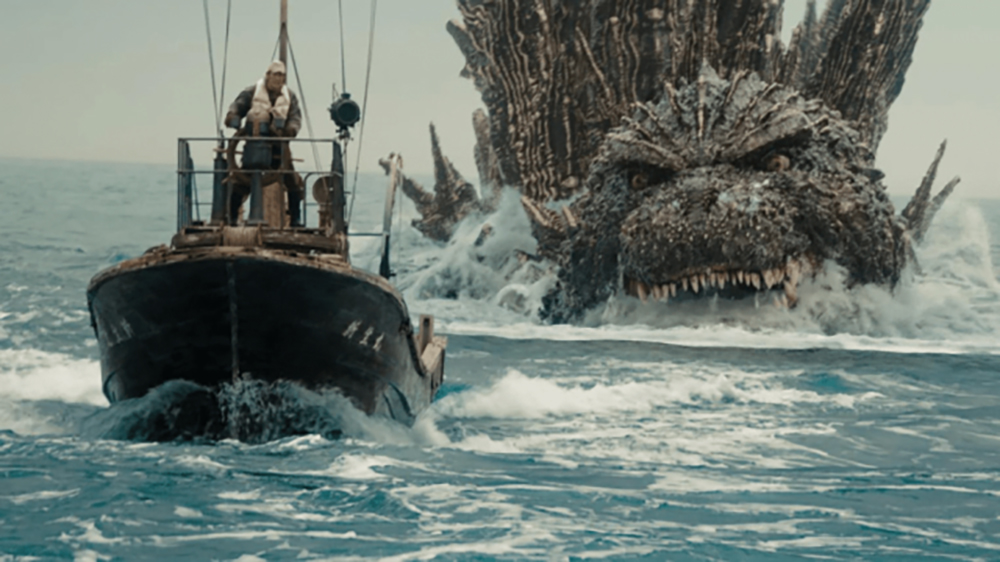
Clearing mines out of the waters near Tokyo, Godzilla announces his presence in the area.
Two years after the war, with things seemingly inching toward a kind of normalcy, Shikishima is still tormented by his failure to perform his duty and to protect those mechanics on Odo Island. He’s wracked with guilt, his honor is constantly in question (in his mind) and then along comes a full-grown Godzilla to hammer the point home. The monster itself isn’t on screen a ton in this movie, but when he is, he’s a shambling, destroying 200 tons of mayhem that has chosen Tokyo as his personal punching bag. Oh, and this Godzilla has the power to regenerate parts of his body that may be blown away. Freaky, my friends.
Given that this is all happening in the a time when the U.S. is an occupying force in Japan, very little mention is made of the Americans or their presence. They are referred to several times, but they won’t get involved in the Godzilla mess because relations are strained with the Soviets and their is worry that naval action in and around Japan will ramp up tensions. So, the Japanese are on their own. I think that works best. Adding a layer of American involvement would have just bogged it down. It’s odd, but it’s acceptable.
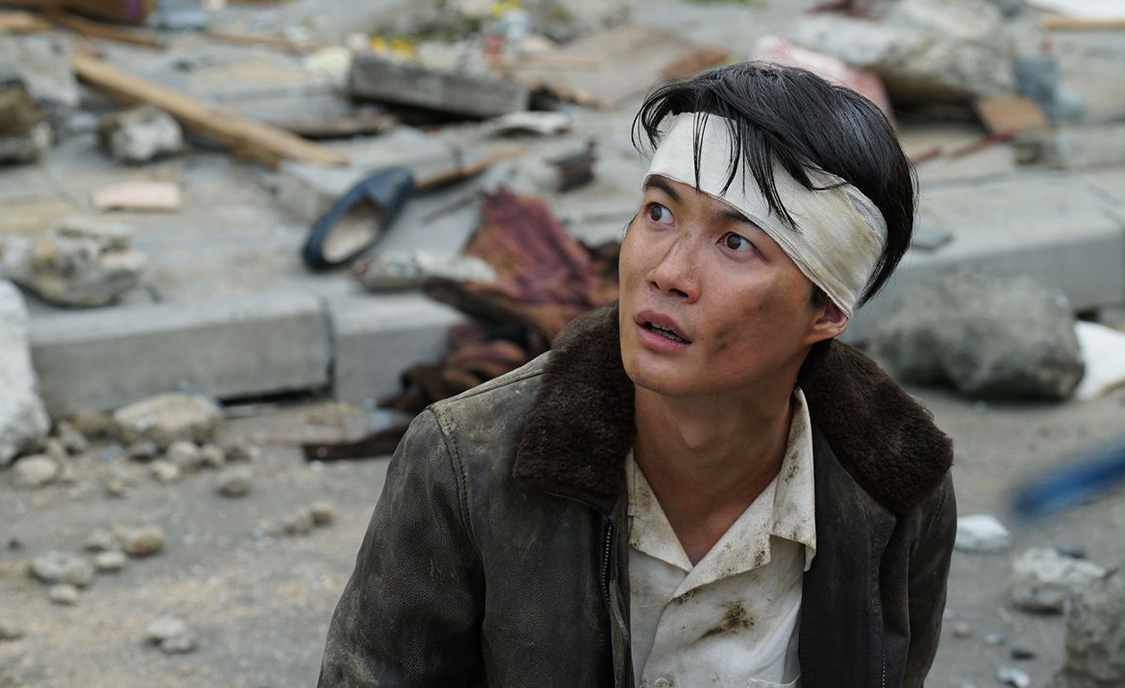
Koichi Shikishima (Ryunosuke Kamiki) looks around at the devastation Godzilla’s visit to Tokyo has wrought.
The Japanese Navy and armed forces are essentially non-existent, forcing the civilian population to act. And it’s here we see a population, still emotionally reeling from the war’s end, still digesting their own take on honor, failure and duty, rise up and seize their chance at redemption and protecting their own. There are broad strokes lashing out at Japan’s militaristic bent that led the island to its current situation, as well as the government’s propensity for lying to its people. All of this is backlash from the war and the civilian population places no faith in government to solve the Godzilla problem.
Even as a patchwork group of ex-sailors and soldiers hatch a nutty plan, Shikishima hatches one of his own. He’ll fly an experimental plane to an end he feels he’s earned. And with that, the battle is on in the waters off Japan. Civilians protecting their island from a nightmare few can believe event exists is a story worth telling – and it’s told well here. Suffice it to say that the hairbrained plan comes off…sort of. Shikishima’s planned flight to oblivion comes to fruition…kind of. And those men so beaten down by a war’s outcome, get their victory…well, maybe.
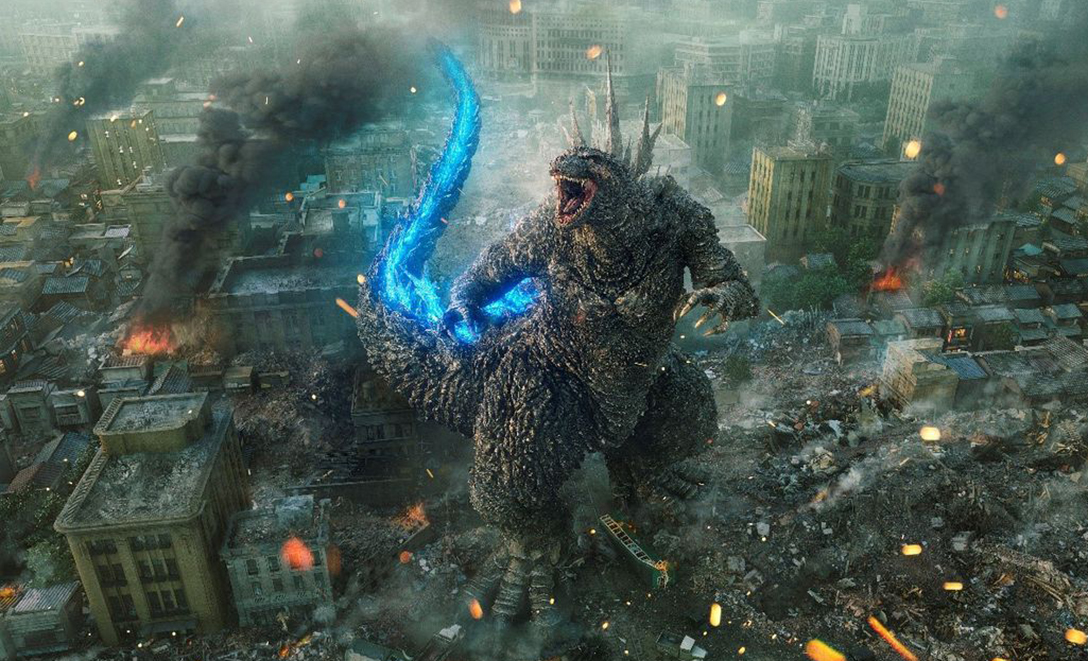
When the tail goes blue, something terrible is coming in Godzilla: Minus One.
What makes this movie so enjoyable for me is that there are plenty of odes and homages to past Kaiju films (must reporters always gather on tall buildings in the direct path of the monster?). There is a vibe that is uniquely Godzilla and the chance to see a people, so beaten down by war’s loss, rise up to defend their land against “the real evil (atomic weapons)” is inspiring and heartwarming. Yes, there’s tragedy along the way, loss and grieving, but there’s also surprises and hopefulness and a sense that normalcy is possible. Sometimes, to ‘live’ is the duty that brings honor.
My feeling is that “Godzilla: Minus One” is one of the better films in the Godzilla catalog. It offers a wonderful throwback vibe to those earliest Godzilla films, but tells a story that demonstrates that even at the lowest point, as one person or a whole nation, there is hope against the monsters that plague us. I liked that and thought it was so well done. It’s worth a watch – then another. It’s actually hard for me to believe this movie cost only $15 million to make. Directed and written by Takashi Yamazaki, it’s a brilliant monster movie. Well done.
Join us on Facebook for fun, news, and fans to chat with!
Follow me on Twitter: @JbakeR2D2 and @Threeifbyspace
Subscribe for new posts and new items in our Collectibles Shop
Leave us an Upvote and a comment below!

